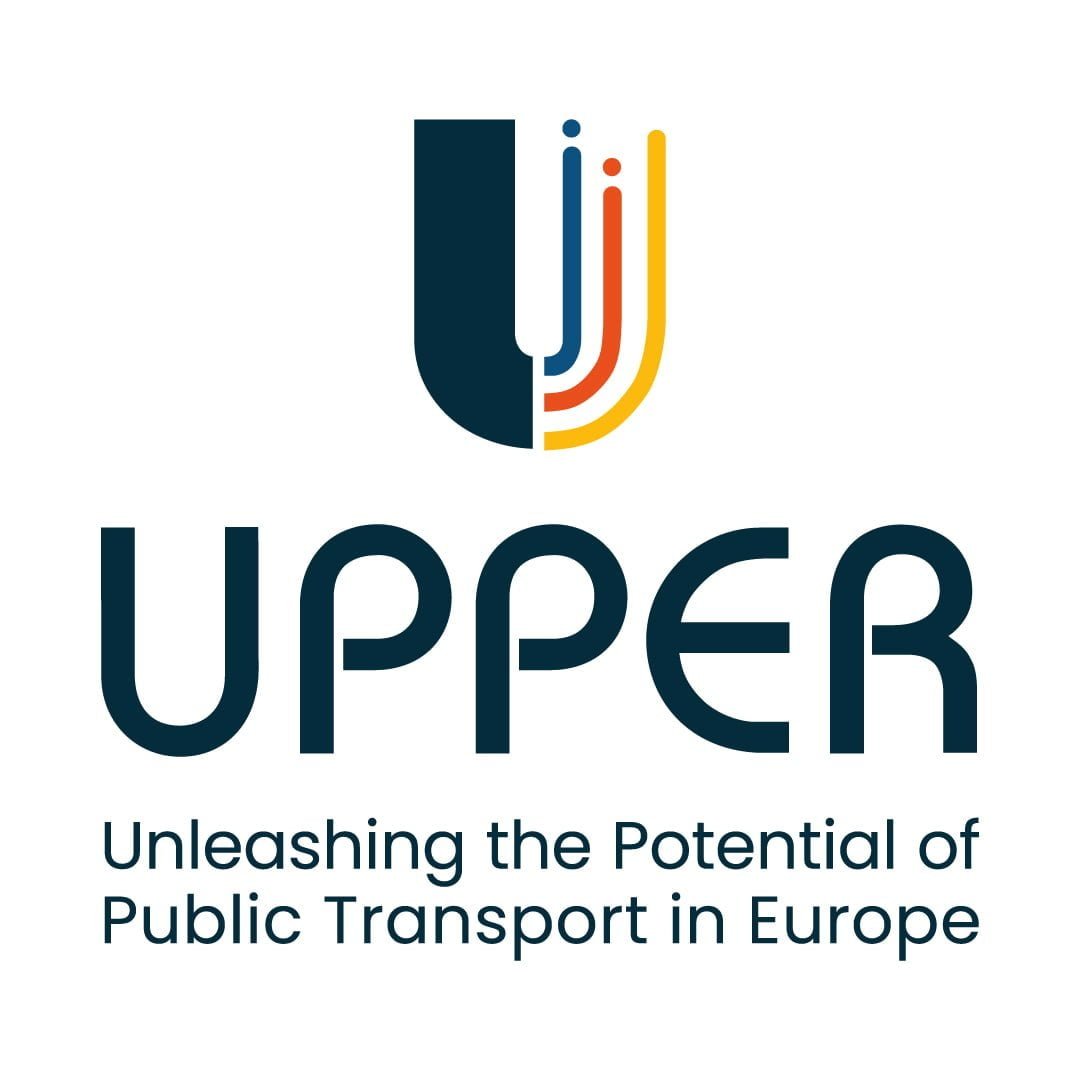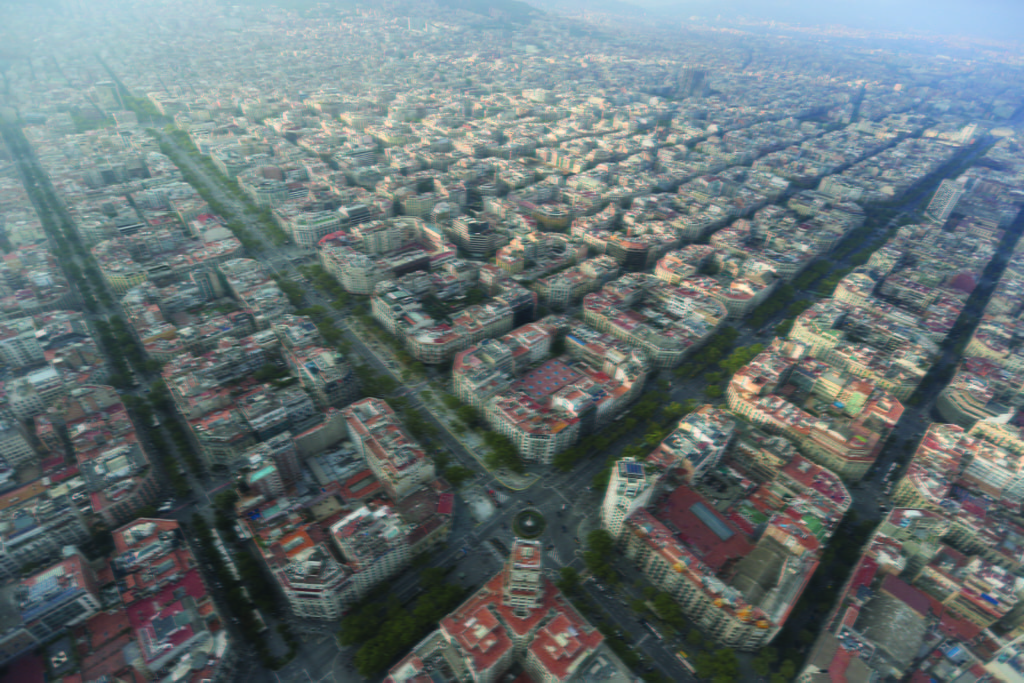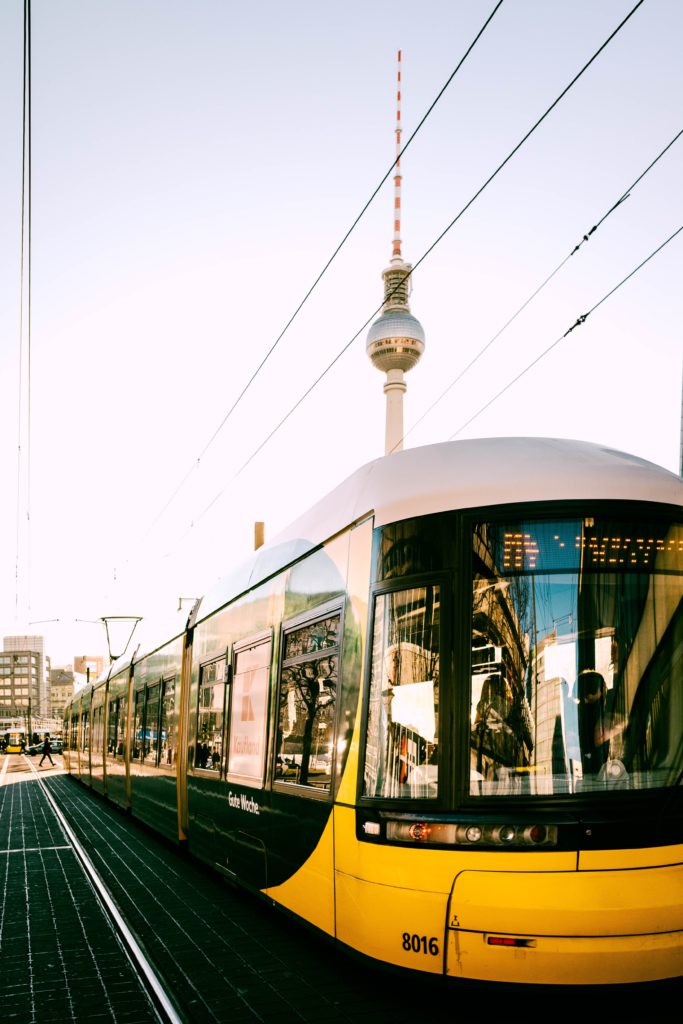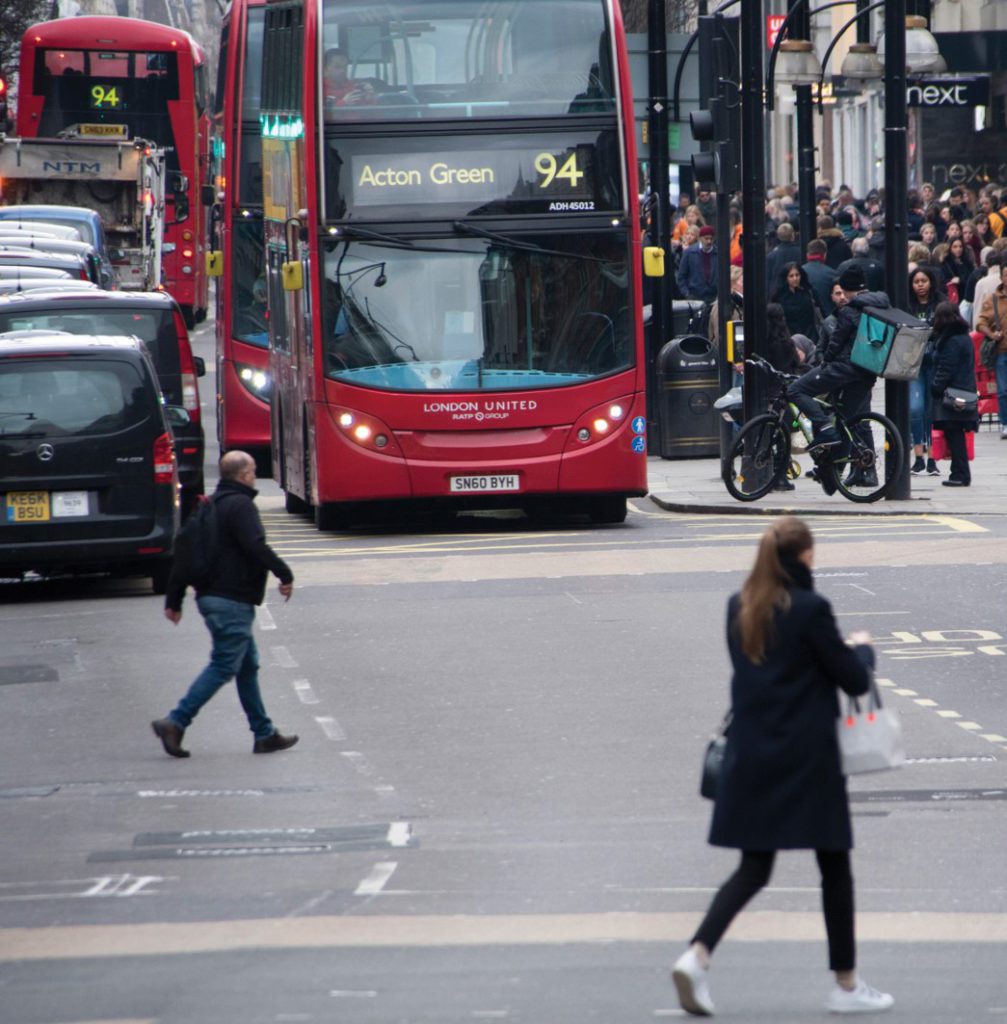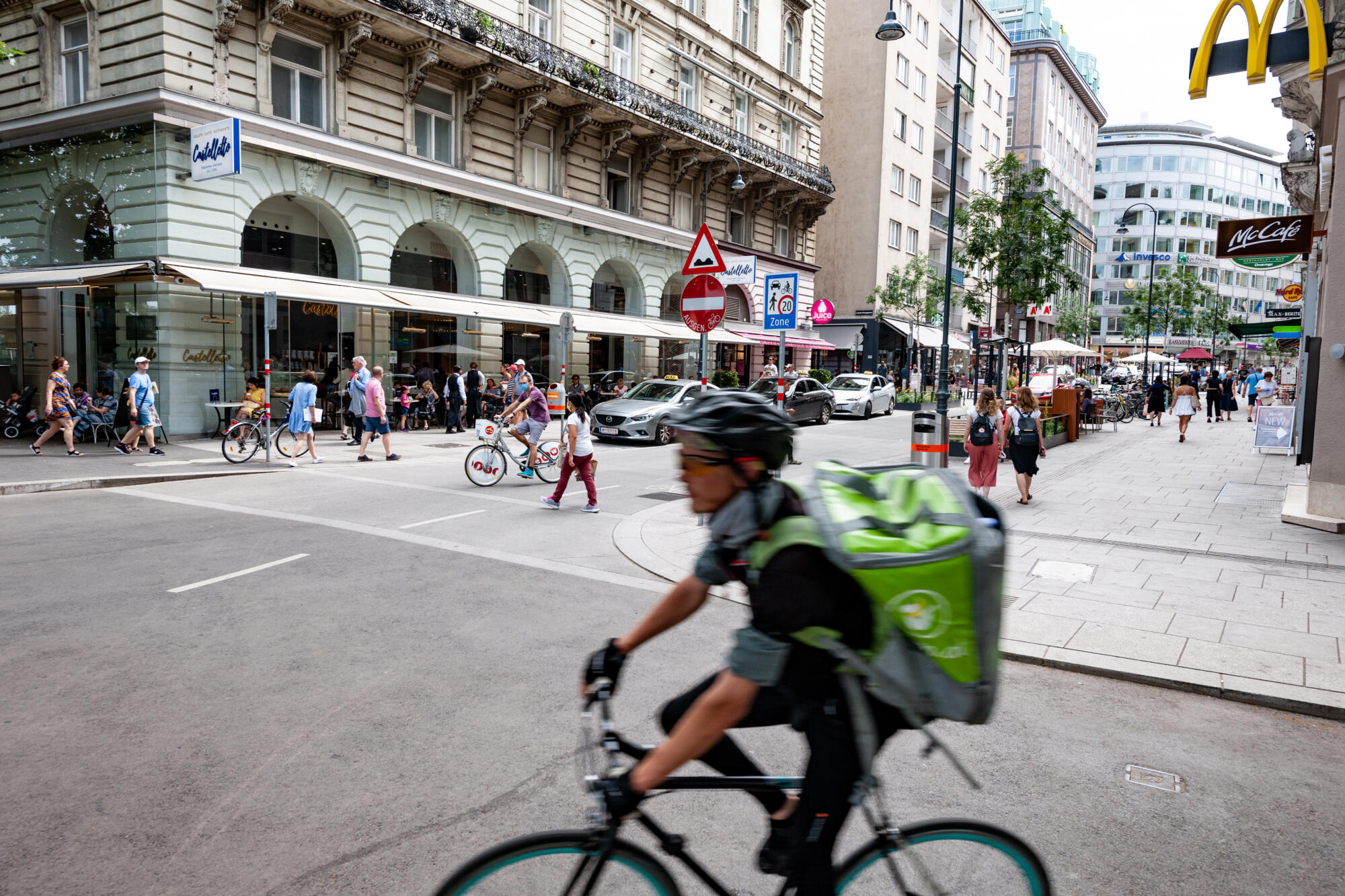POLIS x Pride 2024: Safe by design
In honour of Pride Month 2024, POLIS is focusing on the barriers to queer-inclusive mobility, the best practices put forward by our members, and the importance of addressing the 'queer deficit' in mobility planning. To enhance safety in public spaces, we call on Europe's cities to make LGBTQIA+ citizens valued players in the design process.
For LGBTQIA+ people across Europe, navigating urban transport systems harassment-free is a daily barrier to feeling at home in the city. To some, the metro is a place of discomfort; to others, city streets are a cause for fear. While lesbian, gay, bisexual, transgender, and other “queer” people are as varied in their experiences of public spaces as they are in the expression of their individual identities, one thing is certain: our cities have not been designed with the needs and interests of all citizens in mind, and queer people often pay the price.

Pride is in the air. Credit: Michał Franczak, Unsplash
True to the spirit of Pride Month, POLIS is taking the opportunity to celebrate our members’ achievements in the realm of queer-inclusive mobility and reflect on the progress yet to be made. Beginning with an overview of the transport barriers faced by LGBTQIA+ people and the existing research on ‘queer mobility’, we have compiled some of the best practices put forward by European cities to protect the mobility rights of queer people and outlined some of the major obstacles to overcome moving forward.
Cities for all?
Driven forward by the diverse needs, identities, and aspirations of their inhabitants, Europe’s cities are constantly evolving. From the width of city sidewalks to the height of towering skyscrapers, regular changes and revisions by urbanists and transport planners produce tangible consequences for urban residents. Ideally, these changes should improve the quality of daily life for all citizens. In reality, however, the design of the urban environment primarily benefits a narrow portion of the population by whom and for whom cities are planned, which are all too often one and the same: white, cis-gender men.
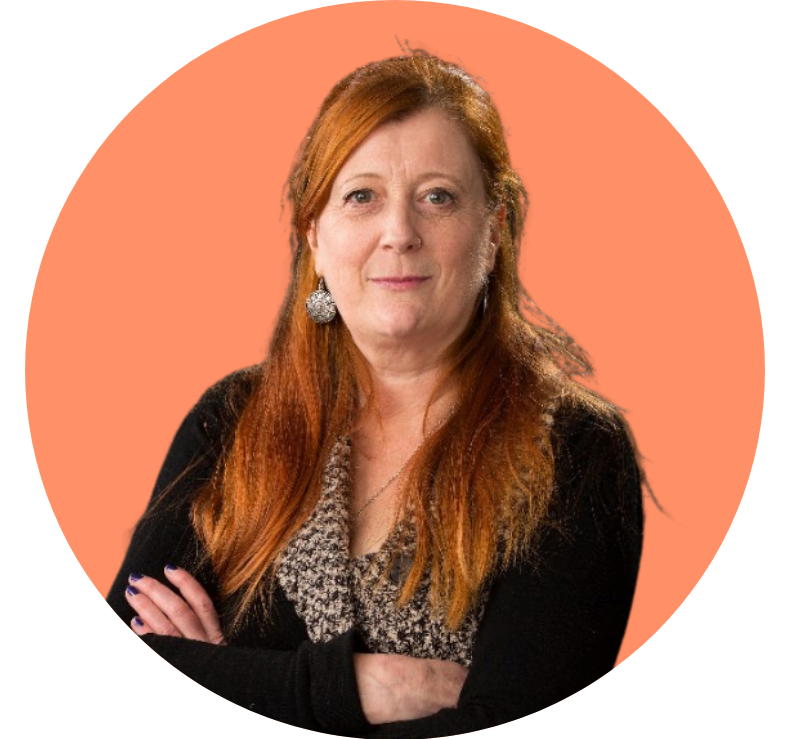
Dr Karen Lucas, Professor of Human Geography and Director of Research in the Department of Geography, University of Manchester
As Dr Karen Lucas, Professor of Human Geography and Director of Research in the Department of Geography, University of Manchester, told POLIS:
'The public transport world is still very patriarchal and straight, white, and male-dominated, and there needs to be much more awareness of diversity to recognise that there are different needs.'
Back in 2021, Karen co-authored one of the most comprehensive reports on queer mobility to date, titled Queer mobilities: Critical LGBTQ perspectives of public transport spaces. Alongside co-researchers Dr Martin Zebracki, Amos Weintrob, and Luke Hansell, she helped document the specific social barriers queer people face in public transport, including:
- the need to be on a constant look-out for signs of danger;
- the threat of violence, especially against trans women and 'non-conforming' queer individuals;
- an elevated risk of discrimination for queer people of specific socioeconomic classes, ethnicities, and age groups;
- and the perception that their fear and discomfort are “invisible” to other passengers.
Summarising the everyday experiences of LGBTQ+ interviewees and survey respondents in the UK and Israel, the research team concluded that although LGBTQ+ individuals may not be “physically excluded” from urban mobility systems, they often find themselves forced to make compromises in the expression of their identity to stay safe – what the authors call the 'hidden costs' of using public transport.
Urban mobility: The queer experience
European survey data on the experiences of queer people in public transport supports the findings of Lucas and her team. In its European Union lesbian, gay, bisexual and transgender survey (2013), the European Union Agency for Fundamental Rights (EUAFR) found that '[r]espondents most often avoided being open about being LGBT on public transport, on the street or in other public places.'
More recently, the EUAFR’s LGBTIQ equality at a crossroads – Progress and challenges, (2024) revealed that more than half of respondents have experienced 'at least one harassment incident in the 12 months preceding the survey, such as offensive or threatening situations […] at work, on the street, on public transport, in a shop, on the internet or anywhere else.' Worse yet, fewer than 20% of those who had experienced harassment went on to report the incident to the police.

Public transport in London. Credit: Viktor Forgacs, Unsplash
Narrowing in on the experiences of queer people in public transport, Future Thinking’s Safety and Security annual report (2016) showed that gay, lesbian, and bi-sexual Londoners, alongside young women aged 16-34, were at a significantly higher risk of experiencing 'unwanted sexual behaviour' in public transport, such as groping, body rubbing, and sexual comments, compared with other respondents.
Perhaps more than any other recent study on queer mobility, London TravelWatch’s 2023 survey report Out in London directly mirrors the conclusions of Lucas and her colleagues. In the survey, one-fifth of respondents said that they had experienced hate crime while using public transport in London in the previous year, and 65% reported that bystanders ignored these incidents. Additionally, more than 80% of those surveyed said that they sometimes, often, or always adapt their behaviour or appearance to avoid harassment in public transport.
Thus, the choice between being 'visibly queer' or 'blending in' on public transport is one that LGBTQIA+ people across Europe must make on a day-to-day basis. Faced with the risk of harassment and even violence, many choose to play it safe'
Reclaiming public spaces: The importance of safety
What, then, should cities do to make public spaces more queer-friendly and alleviate the fears of LGBTQIA+ citizens?
According to Dr Martin Zebracki, Associate Professor of Critical Human Geography, University of Leeds, queer inclusivity is about more than just symbolic gestures. He told POLIS:
Dr Martin Zebracki, Associate Professor of Critical Human Geography, University of Leeds
'Measures like creating rainbow signs can help, but they might become mere acts of performative solidarity if no actual change is made for the concerns of those populations.'
To find out from queer people themselves what an “inclusive city” might look like, London-based consultancy Arup interviewed 400 queer people and non-queer allies from around the world. In their 2024 report, Queer Perspectives on Public Space, they highlighted safety as one of the major predictors of perceived inclusivity. Key takeaways from the study include the following:
- the most commonly used words to describe an ‘inclusive public space’ were ‘safe’, ‘accessible’, and ‘welcoming’
- 79% of respondents listed high visibility (a so-called 'passive surveillance measure') as a preferred attribute of public spaces
- active surveillance was a preferred attribute of public spaces among 26.8% of the overall group (among transgender, non-binary, gender fluid respondents, the preference was even higher, at 1%)
- for queer women and transgender people, the quality of the lighting was 3 times more important than it was for heterosexual men
Speaking on the importance of visibility, one respondent from the study noted:
'Easier sight lines into internal areas provide a passive sense of security and connectedness to other people.'
Considering the study’s finding that LGBTQIA+ people are, on average, '36% more likely [than non-LGBTQIA+ people] to strongly consider the inclusivity of public space when deciding where to live and work,' the importance of enhancing safe, accessible, and (passively) monitored public spaces through better (transport) planning cannot be understated.
Inspiration from the POLIS network
Within the POLIS network, several cities have ramped up their efforts to make inclusivity an integral part of their transport plans, focusing on marginalised groups such as LGBTQIA+, elderly, and disabled people.
Several best practices for queer-inclusive transport appear from the examples set by POLIS members, many of which focus on protecting the safety of queer passengers. These include:

Why visibility matters. Credit: Kirill Mikhaylyuk, Unsplash
- Adoption (by transport authorities) of protocols to combat LGBTQIA+phobia in public transport, including through:
- awareness campaigns to curb LGBTQIA+phobia
- the creation of specific channels for complaints and customer support related to LGBTQIA+phobia
- and training for transport workers on the prevention and detection of LGBTQIA+phobia (Barcelona)
- Introduction of video surveillance inside metro carriages and buses (Barcelona)
- Improved lighting in foyers, platforms, and corridors, as well as at bus stops (Barcelona)
- Encouraging all passengers to report discriminatory harassment in public transport (London and Berlin)
- Creation of an online register to track discriminatory attacks in the city based on citizens' reports (Berlin)
- Installation of artwork in public transport featuring uplifting slogans, vibrant colours, and depictions of the LGBTQIA+ community (London)
- Social media campaigns to highlight the presence of openly queer people in public transport (eg Vienna’s #WeRideWithPride campaign)
- Banning advertisements in public transport from countries with a poor track record for the protection of LGBTQIA+ rights (London)
For its part, our Brussels-based Secretariat has taken an active role in promoting safe, accessible, and queer-friendly mobility through its Just Transition webinar series and by participating in inclusivity-focused European mobility projects, including UPPER and ELABORATOR. Moreover, we have sought to raise awareness of mobility barriers for the LGBTQIA+ community in a series of articles, which you can access here, here, here, and here.
The long road to queer-inclusive mobility
Thanks to growing research on queer mobility, useful guidelines are available to cities looking to enhance safety in public transport. The mobility needs of queer citizens, however, are varied, and a "one-size-fits-all" approach will not suffice.
Local authorities will therefore need to find new ways to engage with the communities they serve and tackle barriers to mobility from the bottom up. As Zebracki explained to POLIS, addressing the concerns of queer citizens also means 'fully involving them in the planning, implementation, and evaluation processes' that shape the city.

Participatory decision-making: A key to safe, inclusive cities. Credit: Antenna, Unsplash
Tellingly, Arup’s research revealed that heterosexual men were 28% more likely to be consulted on the design of public space compared to queer men, and 80% more likely to be consulted than heterosexual women.
Encouraging the participation of queer residents, Arup suggests, is a crucial element of co-design. In this innovative approach to planning, 'community members are treated as equal collaborators in the design process' (Sunlight Foundation). Through co-design, LGBTQIA+ citizens would be able to give their feedback on existing public spaces and future design plans. In turn, cities would be better prepared to introduce changes suited to the diverse needs of their citizens.
With this in mind, we invite our members to embrace Pride Month as an opportunity to approach mobility from a new lens. By leveraging the advantages of participatory planning for public spaces, European cities can make queer people valued members of the urban mobility dialogue. The result, no doubt, will be something to be proud of.



